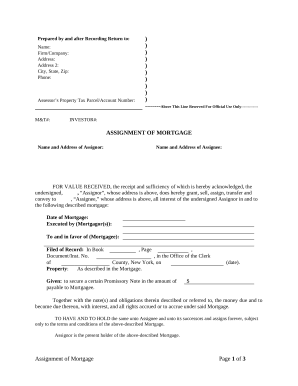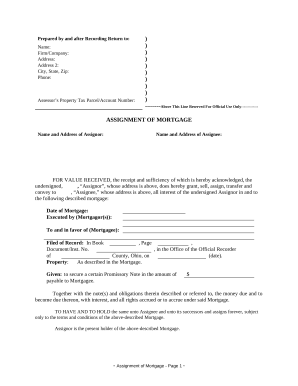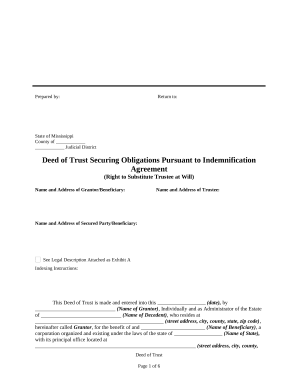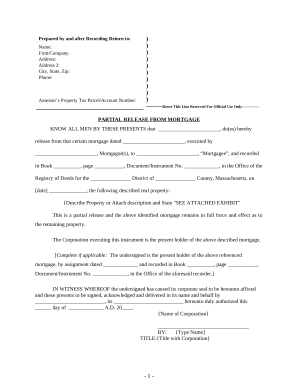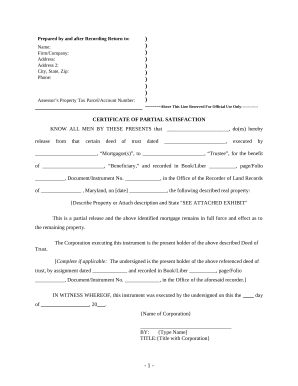Manage Deeds of Trust Documents effortlessly online
Document managing can overpower you when you can’t find all the documents you require. Fortunately, with DocHub's extensive form categories, you can discover all you need and quickly deal with it without switching between applications. Get our Deeds of Trust Documents and start utilizing them.
Using our Deeds of Trust Documents using these simple steps:
- Browse Deeds of Trust Documents and select the form you require.
- Review the template and click on Get Form.
- Wait for it to open in the online editor.
- Modify your template: include new information and pictures, and fillable fields or blackout certain parts if necessary.
- Complete your template, preserve alterations, and prepare it for delivering.
- When all set, download your form or share it with your contributors.
Try out DocHub and browse our Deeds of Trust Documents category with ease. Get a free account today!

